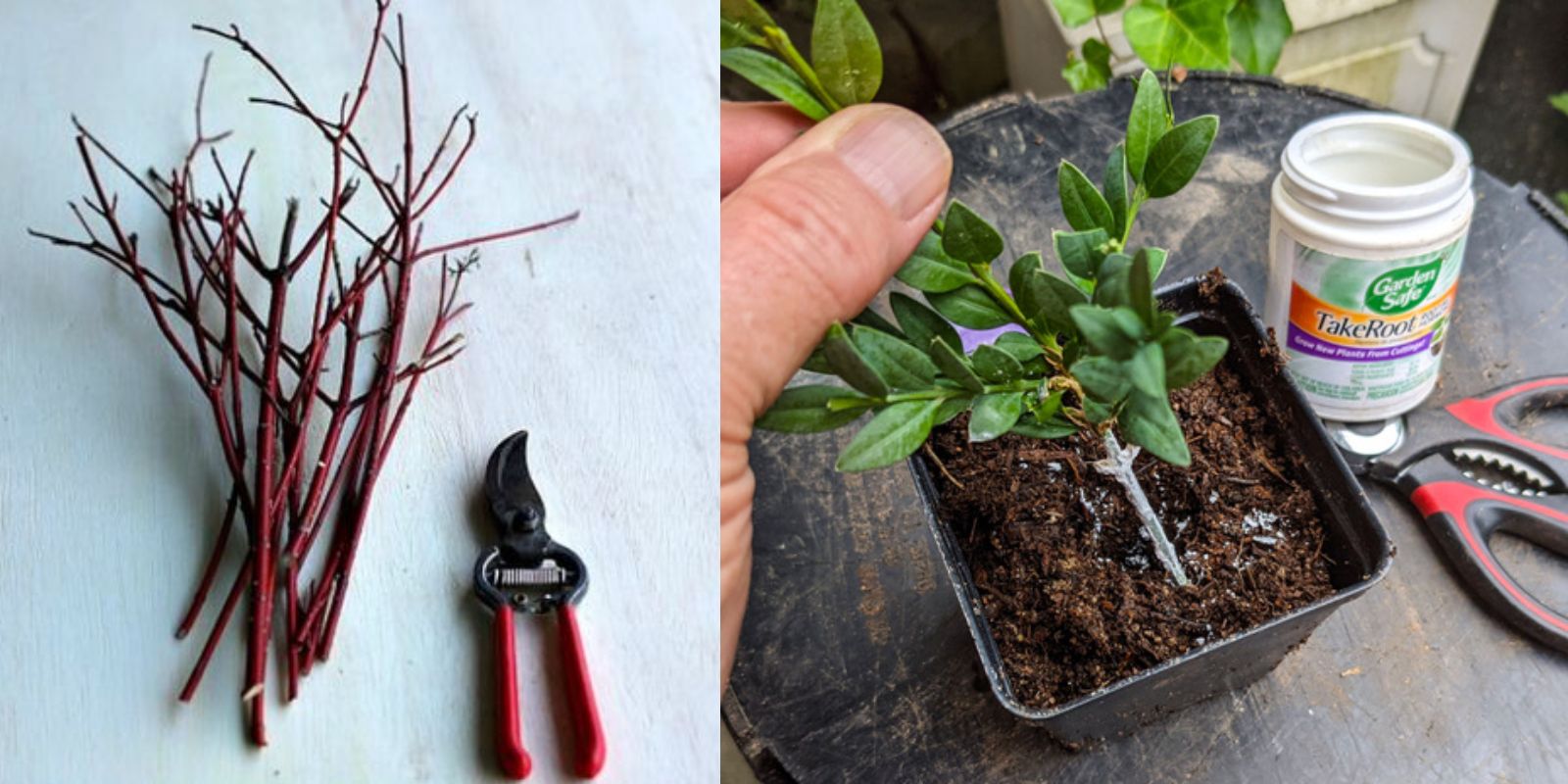Gardening is an art, a science, and a therapeutic hobby rolled into one. Among the myriad techniques that every gardener should master, propagating shrubs stands out as one of the most rewarding. Whether you’re looking to expand your garden, save money, or preserve a beloved plant, understanding how to propagate shrubs can enhance your gardening journey. In this guide, we will delve into the steps, techniques, and tips to help you successfully propagate shrubs, ensuring your garden thrives for years to come.
Understanding Shrub Propagation
Propagation is the process of creating new plants from existing ones, and it can be achieved through various methods, including seeds, cuttings, layering, and division. Shrubs, being perennial plants, can often be propagated quite easily, making them an excellent choice for both novice and experienced gardeners. This article focuses primarily on cuttings—a popular and effective method.
Why Propagate Shrubs?
- Cost-Effective: Buying new plants can be expensive. By propagating your own, you save money while expanding your garden.
- Preservation: If you have a beloved shrub that you want to preserve, propagation ensures that you can keep its lineage alive.
- Customizability: You can experiment with different varieties and cultivars, tailoring your garden to your preferences.
- Sustainability: Propagation reduces the need for purchasing new plants, making gardening more sustainable.
The Best Time for Propagation
Timing is crucial in shrub propagation. The best times to take cuttings are:
- Softwood Cuttings: Taken in late spring to early summer when the new growth is soft and flexible.
- Hardwood Cuttings: Best taken in late summer to early fall after the leaves have hardened off.
By choosing the right time, you increase your chances of successful rooting and growth.
Selecting the Right Shrubs
Not all shrubs are equally easy to propagate. Here are some popular choices known for their high success rates:
- Rosemary (Rosmarinus officinalis)
- Hydrangeas (Hydrangea spp.)
- Lilac (Syringa spp.)
- Forsythia (Forsythia spp.)
- Boxwood (Buxus spp.)
Choosing healthy, disease-free specimens will yield the best results.
Step-by-Step Guide to Propagating Shrubs
Now that we’ve covered the essentials, let’s delve into the step-by-step process of propagating shrubs from cuttings.
Step 1: Gather Your Materials
You’ll need:
- Sharp, clean pruning shears or scissors
- Rooting hormone (optional but recommended)
- Pots or trays with drainage holes
- A quality potting mix
- A clear plastic bag or dome for humidity
Step 2: Taking Cuttings
- Select the Right Stems: Choose young, healthy stems from the current season’s growth for softwood cuttings or mature stems for hardwood cuttings.
- Make the Cut: Using your shears, make a clean cut about 4-6 inches long just below a leaf node. This is where roots are more likely to develop.
- Prepare the Cuttings: Remove any leaves from the lower half of the cutting, leaving a few at the top to help with photosynthesis.
Step 3: Applying Rooting Hormone
While not mandatory, using rooting hormone can significantly increase your success rate. Dip the cut end of the stem into the hormone, tapping off any excess. This will stimulate root growth.
Step 4: Planting the Cuttings
- Prepare Your Pots: Fill your pots or trays with moistened potting mix. Ensure it’s well-draining to prevent rot.
- Plant the Cuttings: Make a hole in the soil with a pencil or your finger, then insert the cutting about an inch deep. Firm the soil around the cutting to eliminate air pockets.
Step 5: Creating a Humid Environment
To encourage rooting, you need to maintain high humidity around the cuttings. Cover the pots with a clear plastic bag or a humidity dome, making sure it doesn’t touch the leaves. This creates a mini-greenhouse effect.
Step 6: Watering and Care
Water the cuttings lightly to keep the soil moist but not soggy. Check regularly for moisture and mist the cuttings if needed. Keep them in a bright location but out of direct sunlight to prevent overheating.
Step 7: Monitoring Growth
Roots will typically start to develop within a few weeks. You can gently tug on the cuttings to check for resistance, indicating root growth. Be patient, as some plants may take longer to root than others.
Step 8: Transplanting
Once your cuttings have developed a strong root system, they are ready to be transplanted. Carefully remove them from their pots, ensuring you don’t damage the roots. Plant them in larger pots or directly in your garden.
Additional Propagation Techniques
While cuttings are a popular method, there are other techniques you can explore:
- Layering: Bend a low-growing stem to the ground and cover a portion of it with soil, leaving the tip exposed. It will root over time.
- Division: This involves separating a mature shrub into smaller sections, each with roots and shoots, and replanting them.
- Seeds: Some shrubs can be grown from seeds, though this method is often slower and requires more patience.
Common Challenges and Solutions
- Rotting Cuttings: Ensure you’re using well-draining soil and avoid overwatering.
- Lack of Root Growth: Check that your cuttings are healthy and not exposed to extreme temperatures.
- Damping Off: This fungal disease can kill young plants. Use sterile pots and soil, and avoid overcrowding.
Conclusion
Propagating shrubs is a fulfilling and practical skill that can enhance your gardening experience. With the right techniques, timing, and care, you can create a flourishing garden filled with plants that you’ve grown from cuttings. Remember, gardening is a journey—each attempt teaches you something new. So, grab your shears, and get started on your propagation adventure!
Get Involved
Join the gardening community by sharing your propagation successes on social media. Use hashtags like #PlantPropagation, #GardeningTips, and #GreenThumb to connect with fellow garden enthusiasts. Happy gardening! 🌱✨

